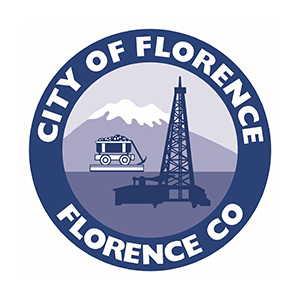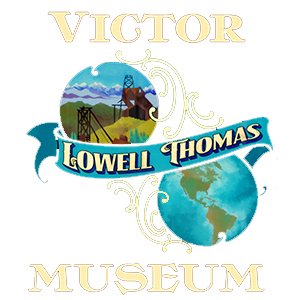Learn From Us
A Statewide Partnership to Promote Colorado
History and Purpose of the Byway Program
2022-10-07 | Gold Belt Tour Scenic and Historic Byway
The Byway Program was created in response to President Bush’s Commission on education on Americans Outdoors ( 1986). The report revealed that 43 percent of American Adults consider driving for pleasure a favorite pastime, second, in fact, to walking for pleasure. In response, Governor Roy Romer by Executive Order, established the Colorado Scenic and Historic Byway Program and the Scenic and Historic Byways Commission: “A statewide partnership intended to provide recreational, educational and economic benefits to Coloradoans and visitors through Designation, interpretation, promotion and infrastructure development of outstanding touring routes in Colorado.”
In 1989, the Bureau of Land Management and local chambers of commerce proposed the idea of Gold Belt Byway. The rich cultural, historic, and natural features made a Gold Belt area a prime candidate for byway designation. The Gold Belt Byway was nominated and rated on the following criteria, established by the Colorado Scenic and Historic Byway Commission:
- That the proposed scenic and historic byway must possess unusual, exceptional, and distinctive scenic, recreational, historical, educational, scientific, geological, natural, wildlife, cultural and ethnic features:
- That the proposed scenic and historic byway must be suitable for prescribed types of vehicular use.
- That the proposed scenic and historic byway must be and existing route and have legal access.
- That (it) has strong local support and proponents must demonstrate coordination with relevant agencies.
- That (it) be accompanied by a conceptual plan. The proposals also included a statement of significance, description of the route, maps, and photographs.
Having met the byway commission criteria for designation the Gold Belt Byway received official approval from the Colorado Department of Transportation as a component of the Colorado Scenic and Historic Byways Program on September 22, 1989. Being one of the first five designations the Gold Belt Byway had become a reality.
There are five communities associated with the Gold Belt Byway. These include the communities of Florissant, Cripple Creek, and Victor on the northern end of the byway, Canon City and Florence on the Southern end.
A 38-member planning committee representing the government agencies, the community’s representation and representative of other interested parties began work on identifying goals and needs of the byway region. This committee completed their work in 1997 with the completion of the vision and goals of the byway.
The Vision of the Gold Belt Byway: We feel that a healthy natural environment must be maintained, and that open space and rural lands must be preserved. We want to leave intact the broad, open plains, rugged mountains and clear mount streams that surround the five communities along the Gold Belt Byway
We want to promote tourism that contributes to our local economies and does not intrude upon our privacy. We want to celebrate and share with others the diverse cultural history and traditional lifestyles of our people and places. We want to maintain healthy habitat for the animals that make Colorado unique. We also want to instill an appreciation for the diverse natural history and significant paleontology and geology that make this byway special.
We have a strong desire to preserve the rural and small-town lifestyles. We must carefully plan and guide the future growth and development of so that they are compatible with our community values.
After the initial planning committee did their job of setting up a vision and goals, another group began the process of decided who would manage the byway or what kind of organization would continue the work. This second committee decided that the best route was to create a non-profit organization. Several months of discussion, finally set up an 18-person board for the non-profit representing the communities, counties, and specific interest groups along the byway. That organization was incorporated with the State of Colorado on February 17, 1999, and they received there 501(c)(3) status in March of 2000.
The Gold Belt Tour Byway Association applied in late 1999 for Federal Designation and in June of 2000 the Gold Belt byway became part of the National Scenic Byway collection. The byway association continues to manage the byway as directed by those first volunteers.
See More Articles























